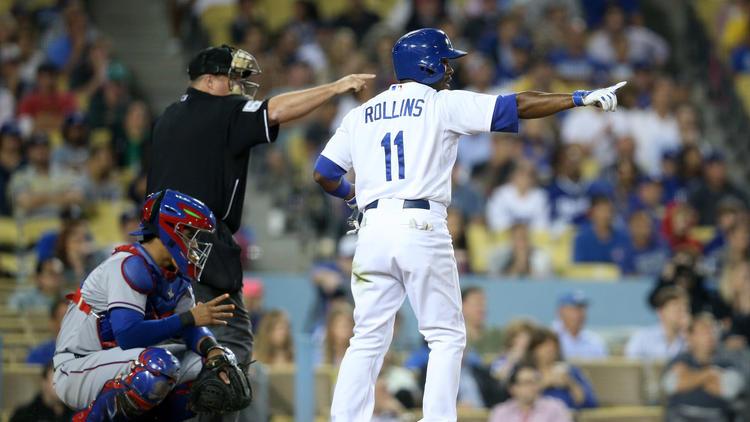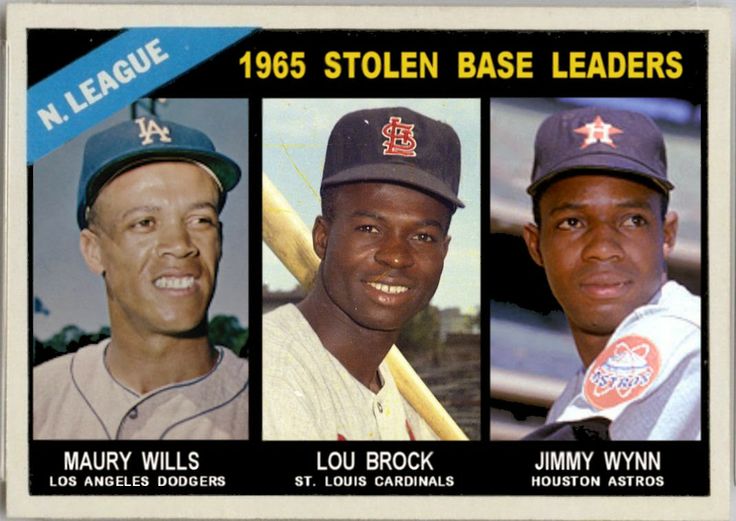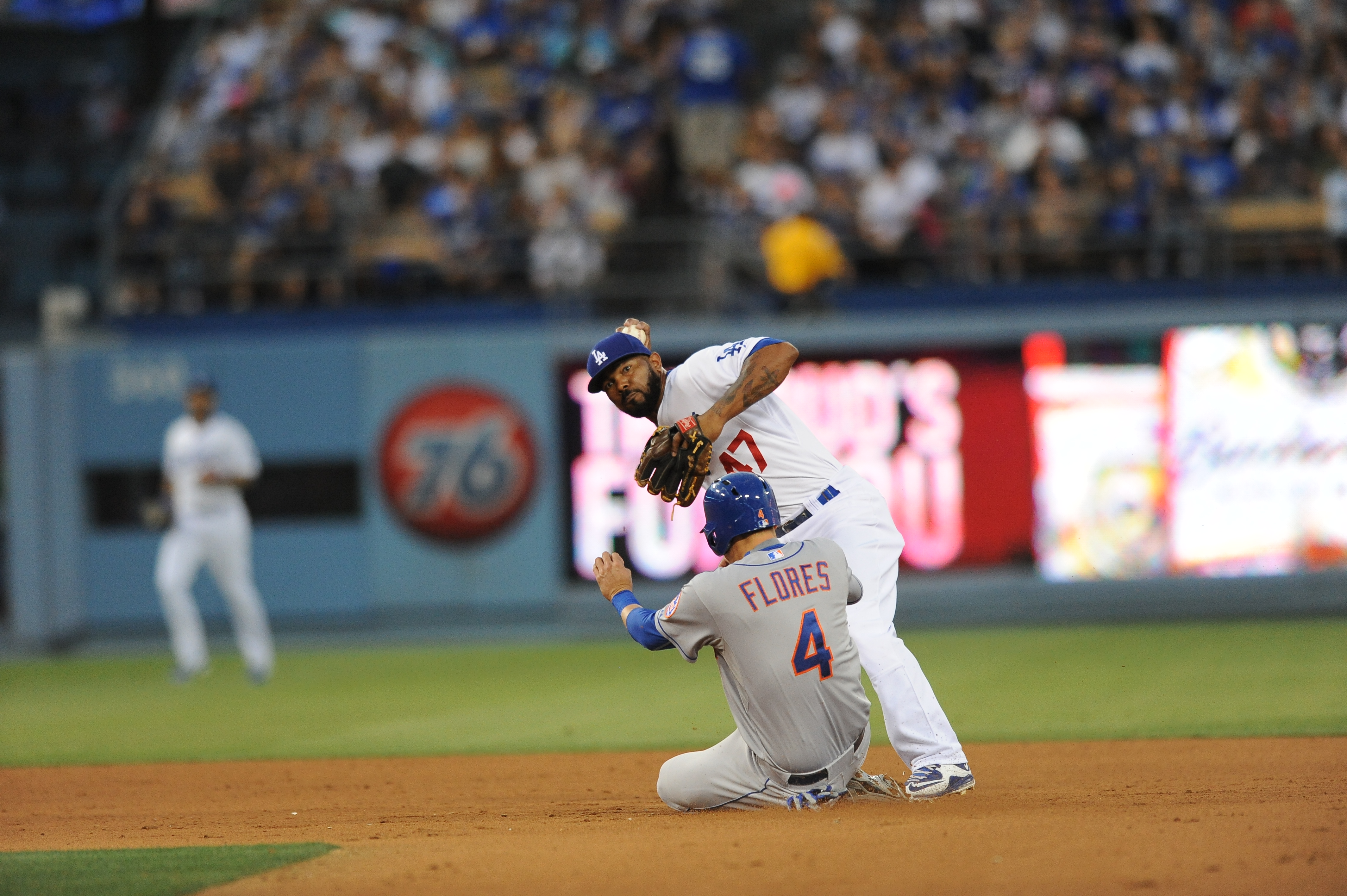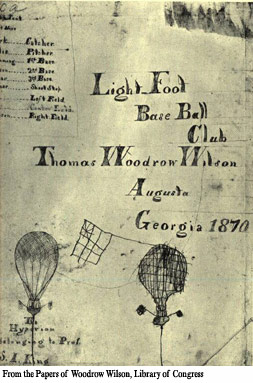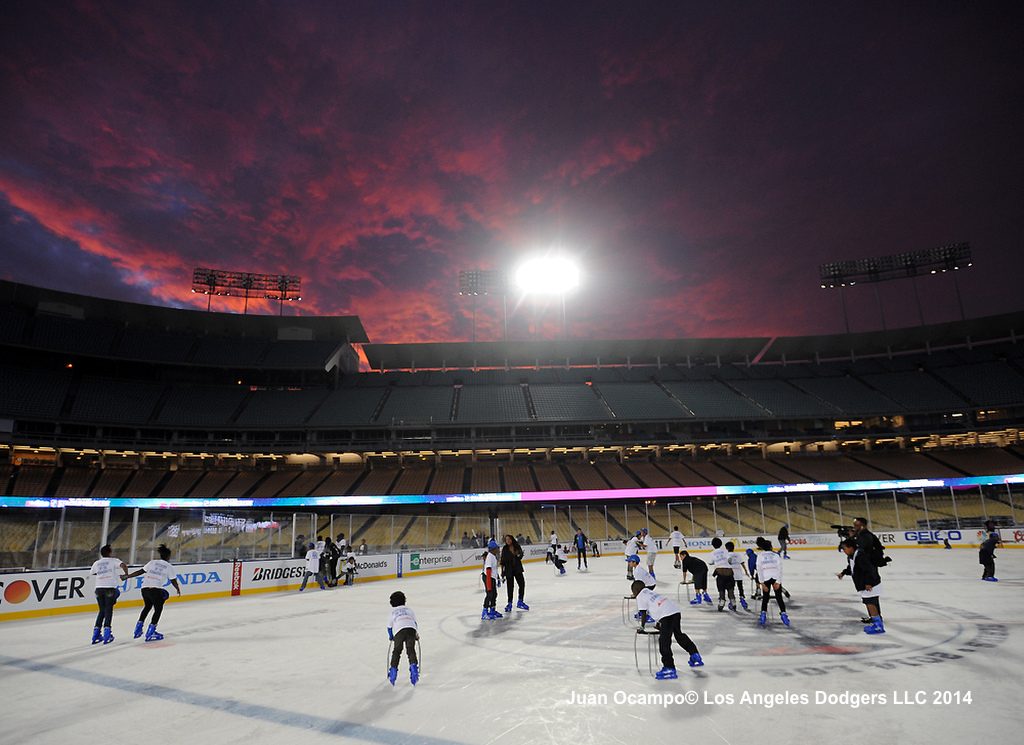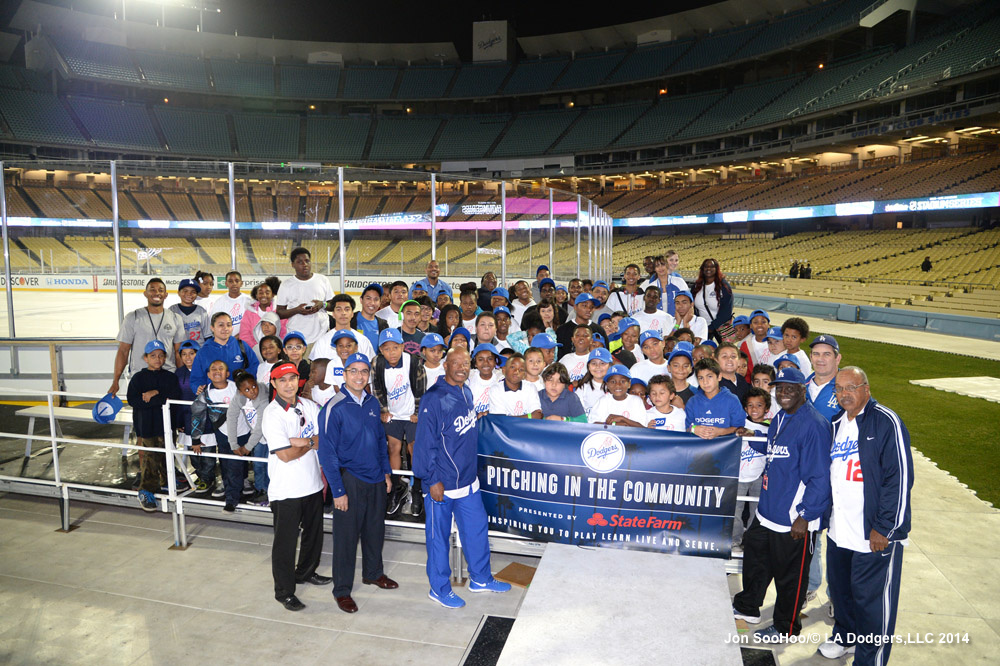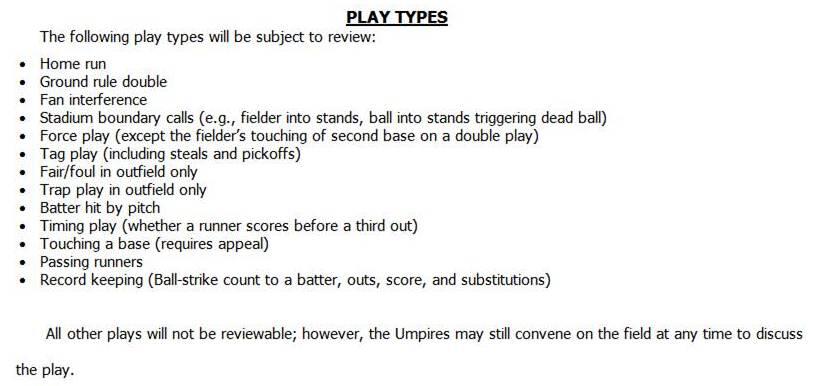If Major League Baseball wants to feel better about the impression it has made during an offseason quite possibly to be remembered as a countdown to a major work stoppage two years hence, it need look no farther than the Academy of Motion Picture Arts & Sciences, which seems to be on a mission to torpedo its signature event, the Oscars.
Category: MLB
In the online baseball world this week, a fun conversation materialized out of a nicely written column by Meg Rowley of Fangraphs: “What is your favorite sort of baseball play?”
also, the "name your favorite baseball play" question in the first paragraph is suuuuch a good personality test
— Emma Baccellieri (@emmabaccellieri) August 2, 2018
With so many great options, there could hardly be a wrong answer to the question (FYI, I’m not making a dare here). I went with the Rodney McCray, epitomizing a fantasy I’ve had of basically making the most memorable, full-sprint, throw-your-body-into-oblivion catch of all time.
Happy as I was to enjoy everyone’s favorites, which together formed a scrapbook of what makes baseball such a treat, the conversation delivered me (with a little help from Tuesday’s Keone Kela trade) to what might be my least favorite baseball play, or certainly one of the dumbest: the walkoff balk.
I’m not big on bans — and certainly, this would be among the most trivial you might find — but this play should be banned.
Let me preface by saying that I’m not a baseball alarmist. I understand the concerns people have about the game, but I don’t think they rise to the need of emergency repair. So I’m not invested in this idea any more than I was when I suggested a couple years ago that baseball games might, on some far away day, go from nine to seven innings.
But it does occur to me that, for those who are concerned that baseball has become all about home runs and strikeouts, there is a pretty simple way to incentivize baserunning and putting the ball in play.
Change the distance between the bases from 90 feet to 88 feet.
By Jon Weisman
The neighborhood play at second base is now subject to review, as part of a series of rules tweaks jointly announced today by Major League Baseball and the Major League Baseball Players Association today and blessed by the World Umpires Association.
The most significant involves plays at second base, and new guidelines have been posted for both baserunners and infielders.
By Jon Weisman
Monday was Labor Day, and the Dodgers and Angels did their best to honor the working man through strife instead of taking a holiday.
The two teams spent three hours and 52 minutes playing their nine innings, and quickly, good men fair and true were quick to blame September roster expansion.
THIS!!! https://t.co/MVbWbAUfSl
— Bill Plunkett (@billplunkettocr) September 8, 2015
September baseball…when there are too many people available to play and timely games go to die.
— Brett Anderson (@BAnderson3737) September 8, 2015
If only shortening the game were as simple as keeping September roster limits at 25 players instead of 40.
Happy birthday to our very own @NancyBea! pic.twitter.com/DpOnjhvgNo
— Los Angeles Dodgers (@Dodgers) February 25, 2014
By Jon Weisman
The offseason is getting closer and closer to an onseason …
- The new rule limiting collisions at home plate is official. Details from Paul Hagen at MLB.com.
- A.J. Ellis had an interesting reaction to the rule, as told to Ken Gurnick of MLB.com.
… Ellis said if the rule change is motivated by the serious ankle injury Giants catcher Buster Posey suffered in a collision three years ago, self-regulation might be a better route to take.
“Now it’s like rules protecting quarterbacks in the NFL — you want to keep your best players on the field,” he said. “But the Giants took steps by not having Buster involved in plays where his body is in harm’s way. In our organization, maybe I’m a little more expendable. That’s where my value to the team lies.” …
-
President Woodrow Wilson was a baseball fanatic as a child, according to official MLB historian John Thorn (via Baseball Think Factory):
… Like the protagonist in Robert Coover’s 1968 novel The Universal Baseball Association, J. Henry Waugh, Prop., the 14-year-old Thomas Woodrow Wilson—known as Tommy—created a whole universe of players, statistics, and a pennant race, with or without the aid of dice. But unlike Waugh—who invented a table game using three dice, a “Stress Chart,” and an “Extraordinary Occurrences Chart”—the young Wilson did not create players or teams. He used only the cast of characters in the real-life National Association of 1871, which he surely read about in the sporting weeklies.
And now, from deep in the archives of the Library of Congress, we have come upon Tommy Wilson’s complete handwritten record of that fantasy season. George Wright, Al Spalding, and Cap Anson cavort on an imaginary field, along with all the other worthies of that first year of professional league play. …
- Here’s the annual reminder that Spring Training stats can be deceiving. This time, we’ll let Daniel Brim of Dodgers Digest do the honors.
- Brim’s colleague Dustin Nosler offers his all-name team from the Dodger organization, starting with Pratt Maynard at catcher.
- Non-roster catcher J.C. Boscan talked to J.P. Hoornstra of the Daily News about his concerns about his native Venezuela.
… He said that his parents run a restaurant in Maracaibo, a city in northwest Venezuela near the Colombian border. Since last year they have been deeply affected by the nationwide food shortage, which has been one of the main causes for protest.
“They understand the protests,” Boscan said. “It gets tough for them when they try to get something for the restaurant and they can’t find it. …
- The best kept secret at Camelback Ranch is the area with the back fields, writes Evan Bladh of Opinion of Kingman’s Performance.
Four remain in the #Dodgers Ping Pong Tournament: Withrow/ Moskos Stripling/ Butera Rosin/ Rojas (one loss) Kershaw/ Billingsley (one loss)
— Los Angeles Dodgers (@Dodgers) February 24, 2014
Photo highlights from Tuesday’s second day of the Dodgers Pitching in the Community Caravan (presented by State Farm) can be found here.
Elsewhere, the links keep coming …
- Clayton Kershaw spoke to MLB Network about the potential for using the new protective caps for pitchers approved by MLB. Steve Dilbeck of Dodgers Now passes along some Kershaw quotes.
… “I’ve thrown with it. You don’t look very cool, I’ll be honest,” he said.
“But technology is unbelievable and it really doesn’t feel that much different once you get used to it. Obviously, it would be a change. We wouldn’t look the same as everybody else, but if you’re that one guy who gets hit what seems like every year, there’s that chance out there. I’m definitely not opposed to it. I think it’d take a lot of getting used to. I think it’s a great thing and a step in the right direction, for sure.”
Kershaw said baseball could require minor leaguers to wear the cap, easing its way into the big leagues. …
- What were the most clutch plays of the Dodgers’ 2013 season? Chad Moriyama takes a look at Dodgers Digest.
- Julio Urias ranks 14th on Keith Law’s top 100 prospect list for ESPN.com. The 17-year-old is followed by Corey Seager at 18, Joc Pederson at 41 and Zach Lee at 75. Here’s the start of the Urias writeup:
The Dodgers signed Urias — who is the youngest player on this list by a wide margin — during the same trip to Mexico that netted them Yasiel Puig, which may end up one of the most productive scouting runs in baseball history, as Urias has enormous upside if he can just stay healthy while Los Angeles gradually builds up his arm to handle a starter’s workload.
- Ken Gurnick is the latest to profile Lee, for MLB.com.
- Dodgers marketing pioneer Danny Goodman is someone who must be remembered, and it’s nice to see Evan Bladh do so at Opinion of Kingman’s Performance.
- Tom Verducci’s Baseball State of the Union piece at SI.com is long but well worth the read for how thought-provoking it is, even if you don’t agree with all he writes (and I don’t think he intends for you to).
- One more from the caravan, which featured kids from Long Beach’s McBride Park Teen Center skating at Dodger Stadium at the end of the day.
Major League Baseball and the Players’ Association have approved the expanded use of instant replay for the 2014 season. From today’s press release:
… Managers will have at least one challenge to use. If any portion of a challenged play is overturned, then the manager who challenged the play will retain the ability to challenge one more play during the game. No manager may challenge more than two plays in a game. Once the manager has exhausted his ability to challenge plays during the game and after the beginning of the seventh inning, the Crew Chief may choose to invoke instant replay on any reviewable call. Home run and other boundary calls will remain reviewable under the procedures in place last season.
A designated communication location near home plate will be established at all 30 MLB ballparks. There, the Crew Chief and at least one other Major League Umpire will have access to a hard-wired headset connected to the Replay Command Center, which will remain at MLB Advanced Media headquarters in New York. Major League Umpires will be staffed as Replay Officials at the Replay Command Center. After viewing video feeds, the Replay Official will make the ultimate determination of whether to overturn the call, based on the continuing standard of whether there is clear and convincing evidence.
Instant replay will be utilized during some televised games in Spring Training for the purposes of educating on-field personnel on the rules of the new system. …
Two other notes of interest: As the fifth bullet point up top indicates, the neighborhood play at second base will not be subject to review. Also, teams will now have the right to show replays of all close plays on the ballpark scoreboard, regardless of whether the play is reviewed.

